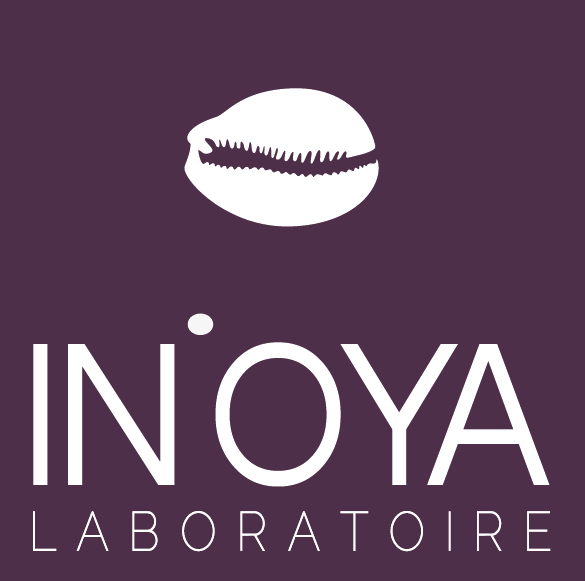In the world of dermocosmetic skincare, we often hear about “patented formulas” or “patented actives.” But for consumers, these terms can be vague. What’s the difference? And most importantly, why does it matter for Black, brown, and mixed skin, which is often more reactive and sensitive to poorly formulated products?
A survey by Cosmetics & Toiletries in 2021 revealed that 63% of ethnic skincare users want products backed by clear scientific validation.
How to read a cosmetic patent when choosing skincare
Reading a cosmetic patent may seem complicated, but a few key clues can help. First, each patent has an international number (like WO or EP), which can be accessed freely through databases like Espacenet. This number guarantees the ingredient or formula is legally protected.
Then, reliable patents include clinical tests performed on volunteers, with measurable results: reduction in dark spots, improved radiance, etc. For Black and brown skin, it’s important to check whether studies include phototypes IV to VI.
Finally, beware of vague terms like “inspired by” or “exclusive technology,” which don’t necessarily mean an official patent. Always prefer products where effectiveness is backed by real patent protection and published tests.
What is a patented active?
A patented active is a specific molecule or extract whose effectiveness has been proven and protected by an international patent. Example: certain stabilized derivatives of vitamin C or next-generation anti-pigmentation complexes.
This patent ensures that:
- The active has shown targeted activity (brightening, anti-inflammatory, moisturizing).
- The tests have been clinically validated.
- The chemical composition is unique and cannot be copied without authorization.
According to Dr. Draelos, an expert in cosmetic dermatology: “Patented actives allow for more targeted action, often with fewer side effects—which is crucial for pigmented skin prone to hyperpigmentation.”
And what about a patented formula?
A patented formula refers to the specific blend of ingredients in a finished product. This includes:
- Active ingredients (patented or not)
- Excipients (emulsifiers, texture agents)
- The preservative system
Patenting a formula protects the brand’s overall expertise. This means:
- The product features a specific synergy between ingredients
- Texture, absorption, and tolerance are optimized
- The formula cannot be copied by another company
For Black and brown skin, a good formula must avoid any risk of irritation (a key trigger for hyperpigmentation). That’s why serious brands test not only the active but also the overall formula for tolerance.
Why does this matter for pigmented skin?
Darker skin tones are more likely to react to unsuitable skincare: redness, mild burns, which can later turn into dark spots.
Patented formulas and actives provide:
- Targeted action on spots or blemishes without irritation
- Optimal tolerance validated on phototypes IV to VI
- Innovations tailored to the needs of dark skin, long overlooked in clinical research
This scientific rigor is what enables new skincare generations to treat dark spots without depigmenting or damaging the skin.
Our tips for choosing skincare safely
- Choose brands that test on pigmented skin (phototypes IV to VI)
- Look for “patented” labels on actives targeting hyperpigmentation
- Avoid products without scientific validation or with overly aggressive formulas
Take advantage of a personalized diagnosis to find your ideal skincare routine:
Discover routine packs designed for Black, brown, and mixed skin:
In summary
- A patented active = a proven and protected molecule
- A patented formula = a fully optimized and safe finished product
For pigmented skin, this distinction is essential to ensure visible results without side effects.
Subtle note: Laboratoire IN’OYA follows this scientific approach by developing patented formulas specifically validated on Black, brown, and mixed skin tones.
Sources
- Draelos ZD. Advances in cosmetic dermatology: Active ingredients and formulations. J Cosmet Dermatol. 2020.
- Cosmetics & Toiletries. The rise of scientifically-backed ethnic skincare. 2021.
- Taylor SC. Hyperpigmentation in ethnic skin: A focus on evidence-based treatments. Dermatol Clin. 2021.

